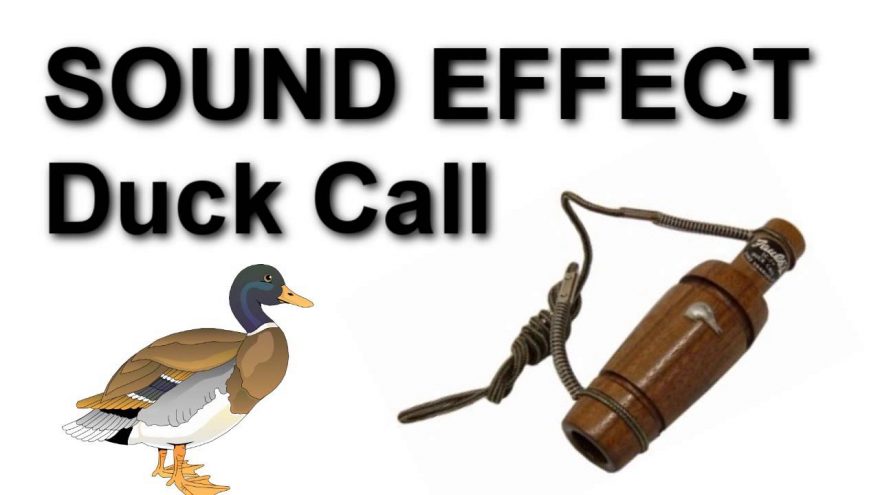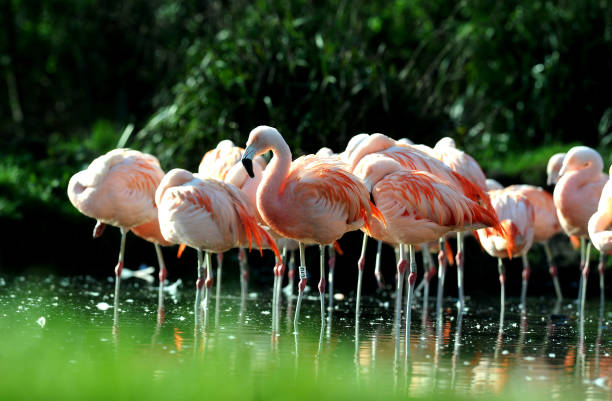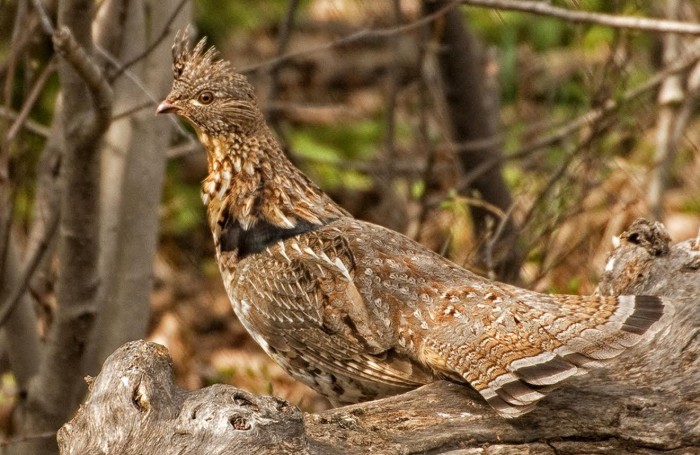 Duck Calling Many and diversified are the opinions of duck shooters as to the merits of a duck call, regardless of how it is made or who blows it. Some insist that at best it is a detriment, while you find others who think a good bag is impossible without a call in the blind.
Duck Calling Many and diversified are the opinions of duck shooters as to the merits of a duck call, regardless of how it is made or who blows it. Some insist that at best it is a detriment, while you find others who think a good bag is impossible without a call in the blind.
A friend of mine who knows the calling game from A to Z will finally admit, when he becomes tired of hearing me argue the question, that occasionally a call will attract their attention, thereby gaining you a shot that otherwise would have been lost.
Handmade, Cocobolo Wood Duck Calling
There is absolutely no question but that when properly used, the art of duck calling is of the greatest benefit to the man shooting over decoys. Go down around Big Lake, Arkansas, the lower Mississippi, the marshes along the South Coast; mingle with the men who in years gone by have made their living shooting wild-fowl, and running from the upper pocket of their coats or shirts, as the case may be, to the nearest buttonhole you will notice a piece of string. On the end of that string is a “squawker.” They wear them the year round, as much a part of their apparel as the shirt itself. Pretty good proof that the duck-call is of some advantage in hunting ducks.
Go out in a blind with one of these old chaps and hear him work on a bunch of mallards. You will be converted right there, but remember it has taken him years to acquire this degree of skill. You can’t take his duck calling and do the same thing. The chances are you have seen and heard an expert, a man who knows more about the habits of ducks than some of the authorities who have written books on the subject. Blindfold him and let a duck or bunch of ducks fly by, and the chances are he can tell you the species by the sound of their wings.
There are days when ducks won’t decoy; likewise, there are days when a call is useless. The day when duck calling works best is the ordinary duck day when all ducks want to decoy but are a little too wise to plump right in.
I have been learning to blow a duck call all my life and I am still learning. At times I fully decide that I know all there is to know, that I am fully as competent as a ten-year-old mallard hen; then I strike one of these days when the first quack of a call will send them towering and I switch to the other side, vowing all calls are worse than useless. Again I get down in a blind with some old market shooter and sit there with mouth wide open, wondering if, in reality, this man isn’t part duck.
To be good at duck calling it is almost necessary to be able to name your species as soon as you clap eyes on them; at least you must know what they are before they are in speaking distance. And besides, you must know what they say. You must know when to give the flocking call and when the feed call. Doesn’t sound easy, does it? Well, it isn’t.
I have found that the most essential thing is not to stop calling as soon as you see they are coming in, but to keep it up; keep them guessing; don’t give them time to think.
When you are in doubt about your birds, talk mallard to most any of them and it will generally work.
The quack—quack—quack has erroneously been called the mallard alarm call, but this is not so. Rather, it is more of a sentinel call that “All’s well.” All of us that have startled an old mallard hen out of the reeds and seen her bounce up squawking, every call louder than the one before, should know what the real alarm call is. I have seen mallards floating in the current of the Missouri River all day long with no one bothering them and keeping up an incessant quack—quack—quack. If you hope to interest them from a bar blind, you must start in with this same line of talk.
The feeding call of the redhead is similar to the meow of a cat, while the bluebill call is a cross between the caw of a crow and the quack of a duck. All species of deep-water duck can be swum into the decoys with the bluebill k-u-u-u-t (let your tongue vibrate and say this and you can do pretty well without a call). Give them this call and when they either answer you or start swimming, repeat it every five to ten seconds. Often they will swim part of the way and raise and come in on the wing



